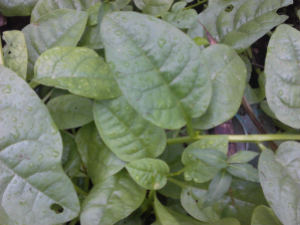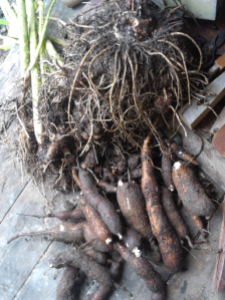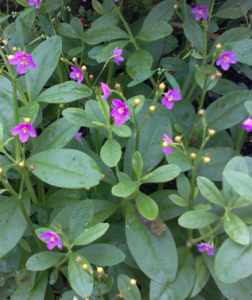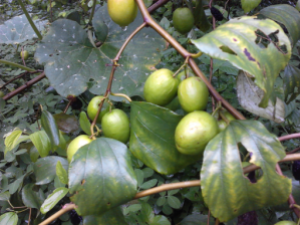
I realise that not everyone has the time or inclination to maintain a vegetable garden. However, I think that we can all agree that eating your own home grown greens is a good thing. There are many reasons: they can be grown organically, you get out of the house for fresh air and you can snip fresh greens as you need them. When I asked Gnome for other reasons to support growing your own greens, he said:
‘…Zombie Apocalypse…’

He actually continued to explain,
‘…that’s right…if there is an apocalypse…the vegetable market won’t be open. And if there happen to be zombies wondering about…even if the market was open…you wouldn’t dare go out! That’s why you need to grow your own greens!!’
Okay Gnome!! I think you might be displaying hints of cabin fever!!

Let’s swiftly move onto the topic of easy green vegetables to grow in Belize:
I am emphasizing the word ‘greens’ because generally speaking, these types of vegetables are packed with more vitamins and minerals. Okay, here is my list.
Malabar Spinach:

This is an easy green to grow. We grow it on a raised bed but you can probably grow it as a ground cover. It grows quickly from cutting and takes over the place. It likes a lot of water so it does very well down here in Toledo; however, it can still tolerate the dry season here. It has lots of good stuff like Vitamin A & C, Iron and Calcium. It can be eaten raw like a salad vegetable or cooked in soups,stews and stir fry. It has a mucilaginous texture when cooked lightly but if you don’t like this type of texture, just boil it for about 7 to 8 minutes.
Chaya:

This one so easy to grow. Just stick a one to two foot thick stem into the ground and it does its own thing. It takes well in any type of soil…even rock hard, clay un-fertilised earth. Once stuck into the ground, you can forget about it! It grows all year round. The leaves can be a bit tough so should be chopped up finely for soups and stews and in my opinion, boiled for more than half an hour. It does not have much of a taste but it is good for you.
Purslane:

This puslane grows wild in Belize but you can allow a patch of this to grow in your back garden. Again, this requires no maintenance; it is an edible sprawling plant that keeps on growing. It is good raw in salads…has a slight tangy taste to its crunchy texture. You can also cook it with eggs or meat. It is a very versatile vegetable and you can cook it any which way you please.
So, if you are not much of a gardener but would like something to snip from the garden, the above are my top three picks.






























